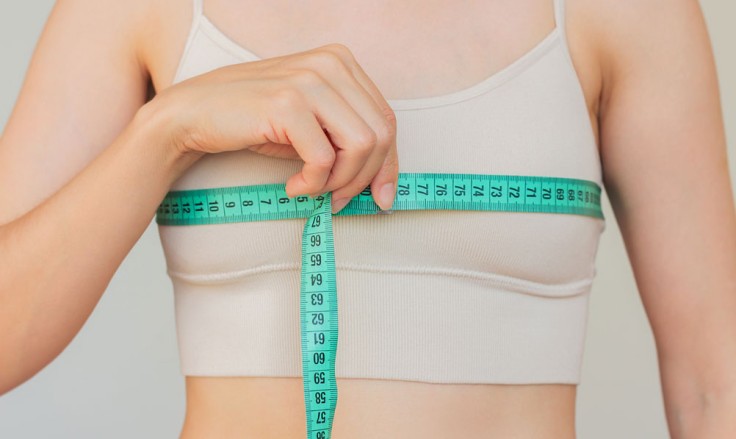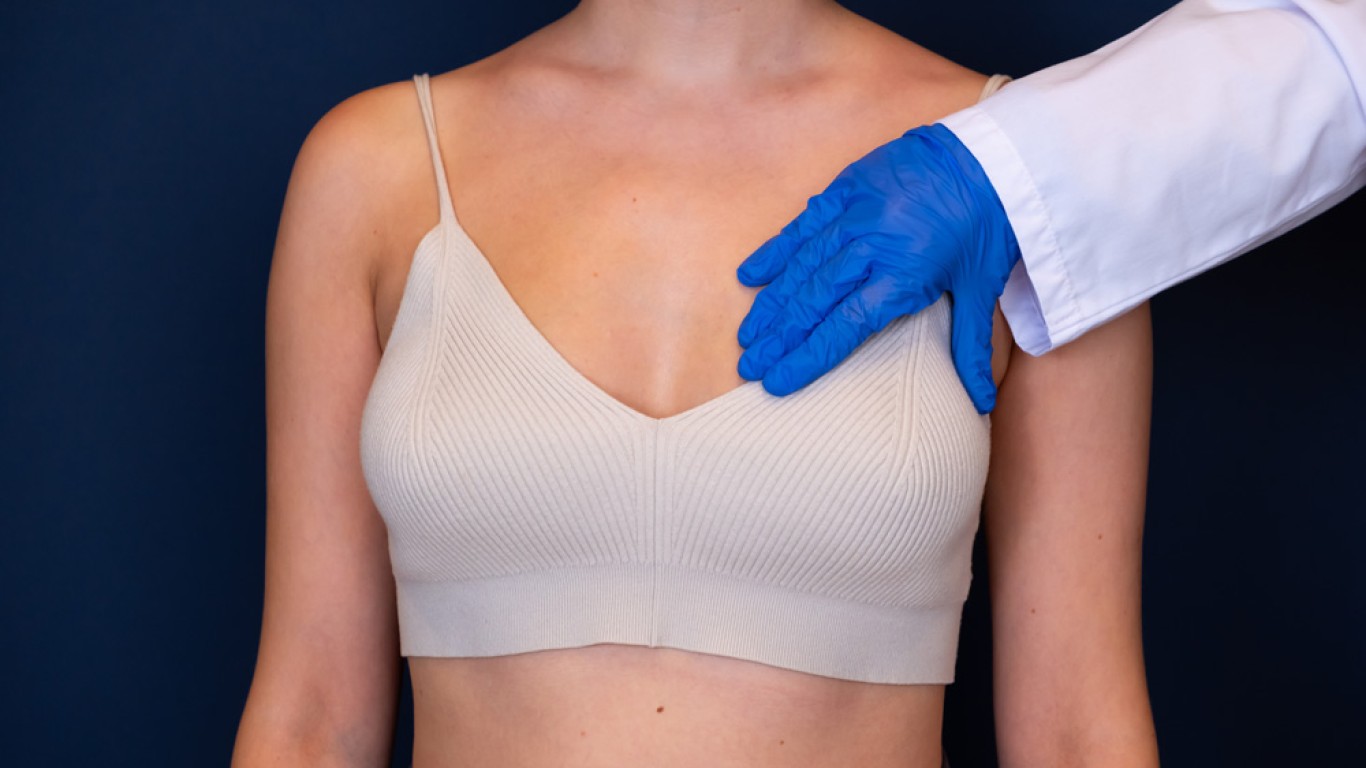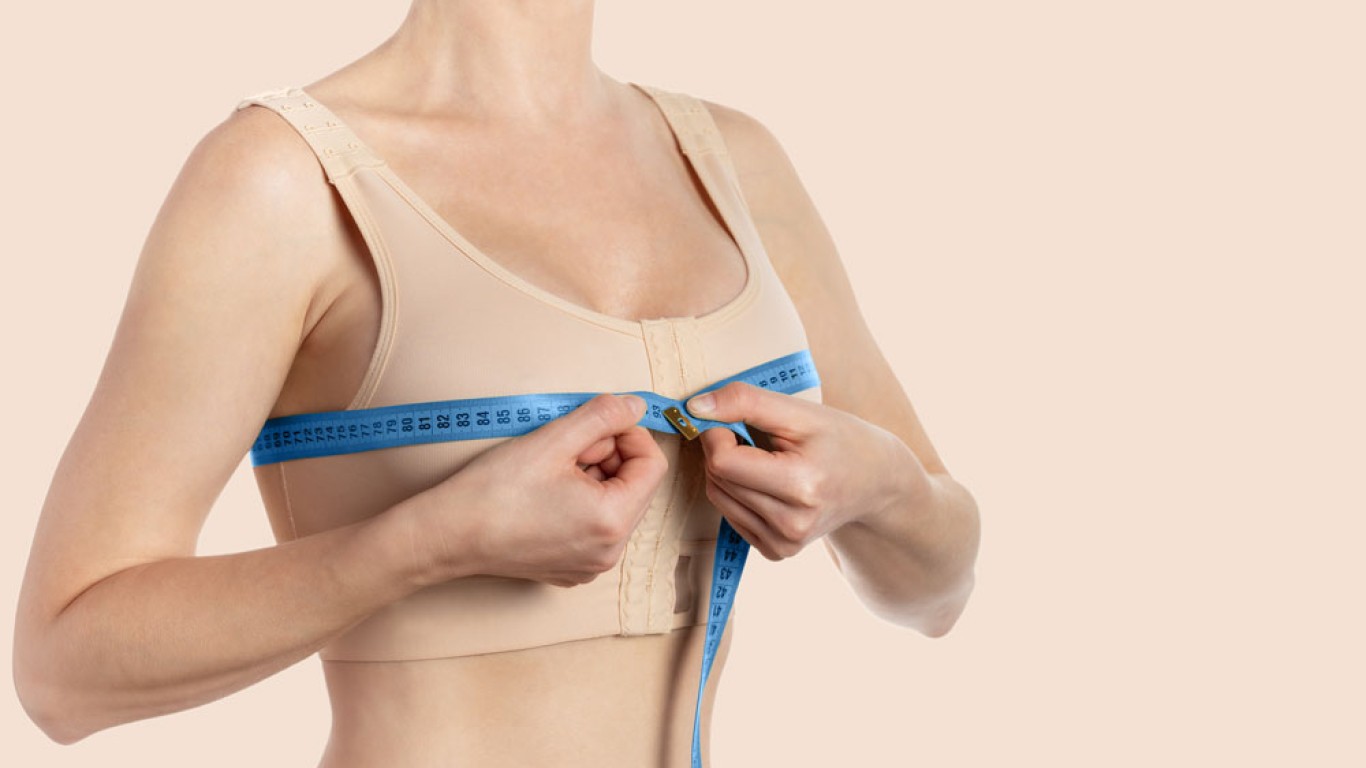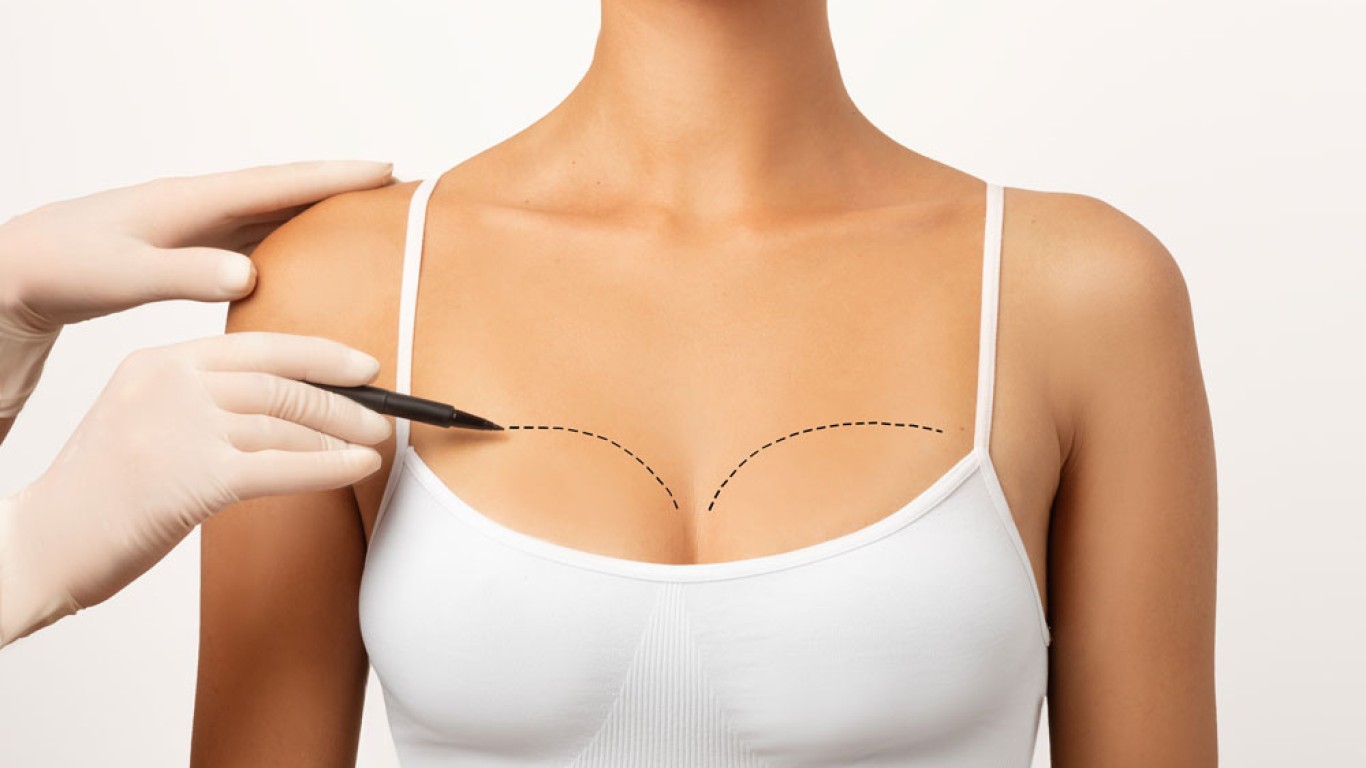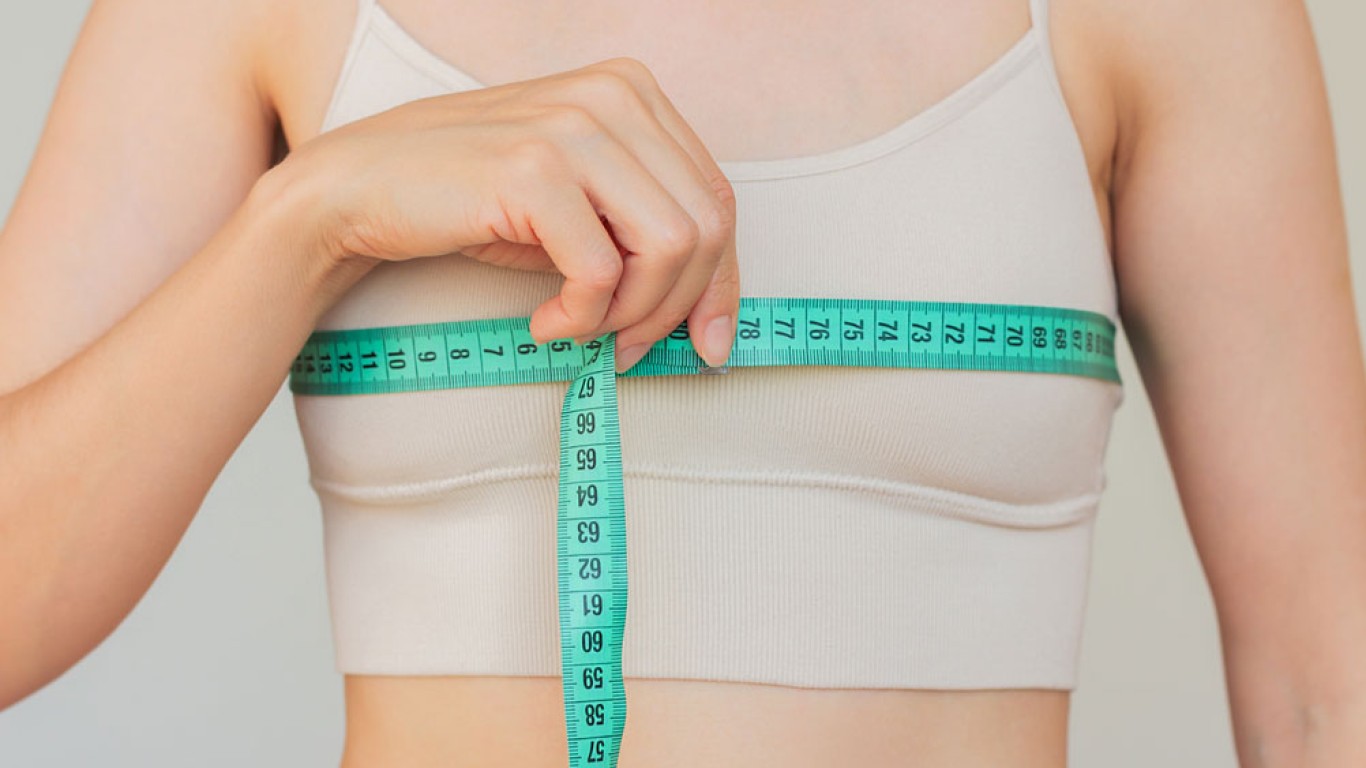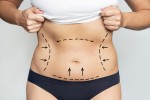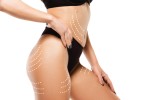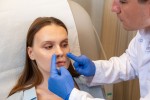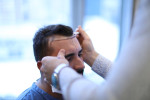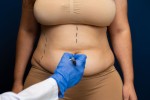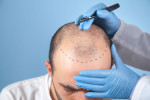Breast reduction is a popular procedure that reduces breast size for both comfort and cosmetic reasons. Many people choose this surgery to ease back pain, improve posture and enjoy a more proportionate figure. However, understanding the recovery timeline is vital before committing to the procedure. This guide outlines each stage of breast reduction recovery, so you’ll know what to expect after surgery.
Week 1: Initial Recovery and Rest
The first week following breast reduction is focused on rest and healing. You will likely feel tired and sore. Most patients experience swelling, bruising and some discomfort, particularly around the incision areas. Your surgeon may place small drains near the incisions to prevent fluid build-up. These are usually removed within a few days. Pain is manageable with medication, and you will need to wear a surgical bra for support. It is important to avoid lifting, bending or any strenuous movement. Gentle walks around the house can improve circulation and reduce the risk of blood clots.
Weeks 2–3: Gradual Improvement
By week two, swelling and bruising begin to subside. Stitches may be removed around this time if not dissolvable. You’ll likely notice a decrease in pain and feel more energetic. During this phase, patients can usually return to light daily activities, but lifting or upper body movement is still discouraged. Most people can return to work after 10–14 days, depending on the nature of their job. Continue wearing your surgical bra as advised. It supports healing and helps shape your breasts during the early stages of recovery.
Week 4: Resuming Routine Activities
By week four, most patients feel much better. The breasts begin to settle into their new shape. Pain should be minimal, and the incisions may be healing well. You might be allowed to resume light exercise, such as walking or cycling. However, high-impact activities and upper body workouts are still discouraged. Always follow your surgeon’s advice before resuming workouts or lifting weights. Any residual swelling may still be present, although it should be far less noticeable.
Weeks 5–6: Return to Full Routine
Around five to six weeks post-surgery, most patients can return to their full daily routine. This includes regular exercise, work and social activities. Your surgeon may also give the green light to switch from a surgical bra to a supportive sports bra. By this point, much of the swelling has resolved, and incision lines start to fade. However, complete healing takes longer, and the final shape of your breasts continues to develop. You should still avoid sun exposure to your scars and follow skincare advice to help them fade naturally over time.
Months 2–3: Final Breast Reduction Results Begin to Show
During the second and third months after breast reduction, your breasts begin to feel more natural. The skin and tissue settle into place, and the appearance of your scars continues to improve. Any lingering tightness should subside, and most patients feel fully comfortable wearing regular clothing and bras. Emotional benefits often become more noticeable during this phase, as confidence grows and physical discomfort disappears. Continue with scar care treatments if recommended, and keep attending any follow-up appointments for monitoring progress.
Month 6 and Beyond: Long-Term Breast Reduction Recovery
By month six, your final breast shape is often close to complete. Scars will have faded significantly, though they may still be visible. They typically continue to improve over 12–18 months. You can now fully enjoy the results of your breast reduction — reduced back pain, easier movement and improved posture. Many patients report feeling lighter and more confident in their appearance. Although you’ll likely have returned to all regular activities. It's wise to continue wearing supportive bras for ongoing comfort and breast shape maintenance.

Emotional Healing and Confidence Boost
It’s also important to acknowledge the emotional side of recovery. Many patients feel a major boost in self-esteem after breast reduction. Clothing fits better, posture improves and everyday discomfort is often reduced or eliminated. Additionally, for those who felt self-conscious due to large breasts, this procedure can bring long-term relief. Improved quality of life, both physically and emotionally, is a common benefit. Support from family and friends during recovery helps. Some patients also choose to join online forums or support groups to share experiences and tips.
Tips for a Smooth Breast Reduction Recovery
- Always follow your surgeon’s instructions closely
- Wear the recommended bra 24/7, especially in the early weeks
- Avoid smoking and alcohol, as they can delay healing
- Keep incision sites clean and dry
- Eat a healthy diet rich in protein and vitamins
- Stay hydrated and get plenty of rest
- Attend all follow-up appointments, even if you feel fine
These actions will speed up healing and reduce the chance of complications or prolonged discomfort.
What Not to Do During Recovery
- Don’t lift heavy objects in the first 4–6 weeks
- Don’t sleep on your stomach
- Avoid underwire bras until cleared by your surgeon
- Don’t skip medication or follow-up appointments
- Avoid intense workouts too soon
These activities can place strain on your healing tissues and delay recovery.
When to Call Your Surgeon
While most people heal without issue, it’s good to know when to seek help. Contact your surgeon if you experience:
- Sudden or severe pain
- Redness or swelling that worsens
- Unusual discharge from incisions
- Fever or chills
- Difficulty breathing
Prompt attention ensures any problems are managed swiftly and effectively.
Conclusion
The breast reduction recovery journey spans several months, with improvements seen weekly. From the first week of rest to long-term emotional benefits, each phase is essential. Knowing what to expect helps you prepare both physically and mentally. Ultimately, many patients find the results are well worth the commitment.
For more information and to book a consultation visit the ACIBADEM Beauty Center Breast Reduction webpage.
Frequently Asked Questions
Most patients return to work within two weeks, depending on job type and recovery progress.
Swelling usually reduces significantly after three weeks, but minor swelling can persist for months.
Scars fade over time but may not disappear fully. Proper care can reduce their appearance.
You should sleep on your back for at least 4 weeks to protect the healing tissues.
Final results are visible after about six months, once swelling has completely subsided.
